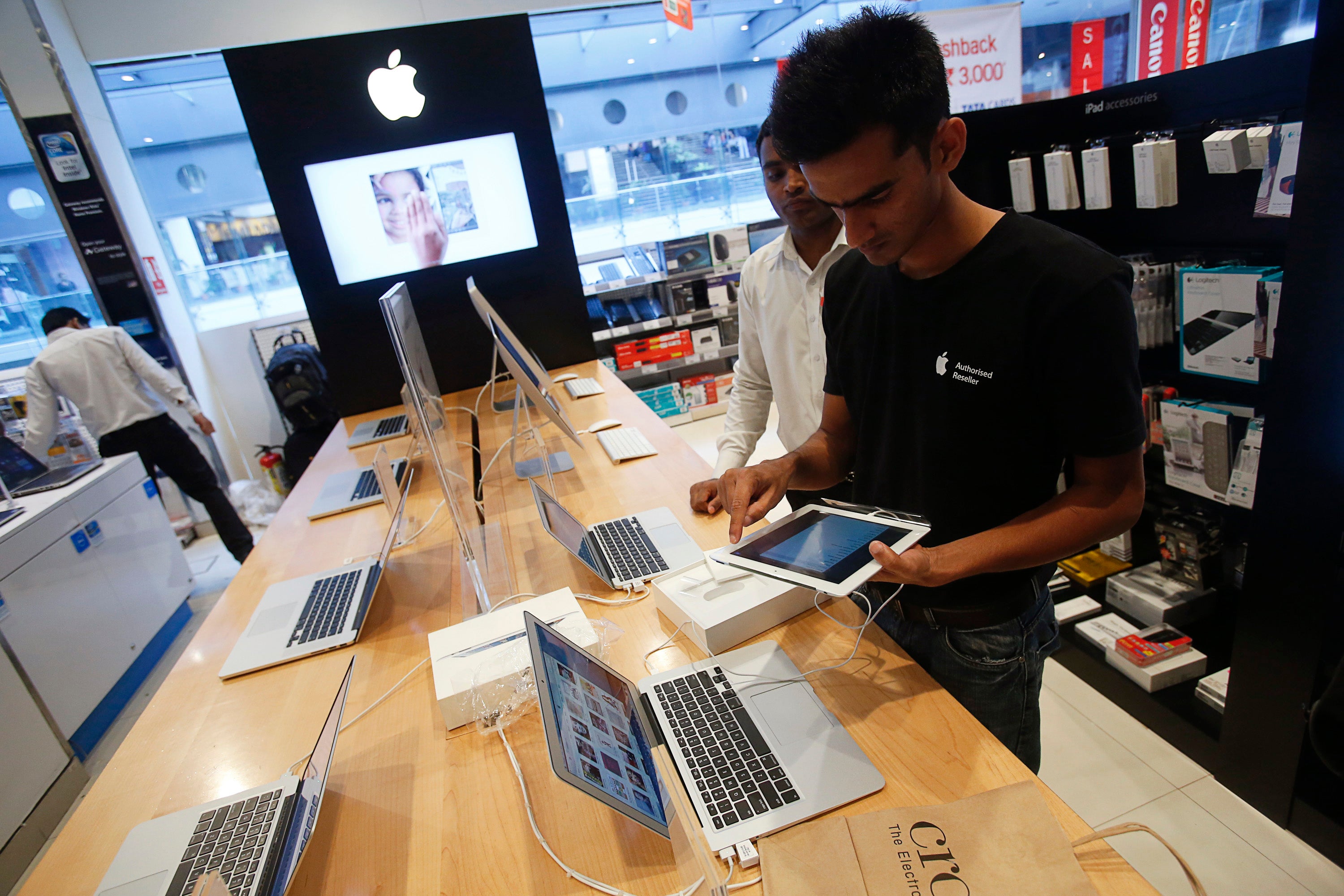Apple reportedly testing 13-inch iPad and larger iPhone
New models could diversify the company's product range as a response to the success of rivals Samsung

The next generation of Apple’s iPad and iPhone could come with larger screens, with the company reportedly testing a tablet that measures ‘slightly less than 13-inches’ as well as a smartphone display measuring more than four inches diagonally.
The current iPad has a 9.7-inch screen (the iPad Mini is 7.9-inches across) whilst the iPhone 5 has a four-inch screen – just slightly larger than the 3.6-inch display used in all previous models.
Apple’s long-standing approach to hardware design has been to create a single device for all needs the company is being challenged in the smartphone and tablet markets by manufacturers such as Samsung, who produce a wide range of devices to appeal to as many customers as possible.
Samsung have had particular success with the Galaxy S4, a smartphone with a 5-inch screen which sold 10 million units in less than a month. The South-Korean giant’s handsets currently make up half of all smartphones sold in Europe and is widely credited with the popularising the phablet – a market now worth £30bn that has grown by 129 per cent over the past year.
Speaking to The Independent, the IDC's mobile Research Director for European Mobile Devices Francisco Jeronimo said "the larger screen gives the better experience - when you start using a larger screen it's very hard to go back."
The same desire for variety is also guiding tablet design, with Apple introducing the smaller iPad Mini to cater to different customers. The Californian tech-giant still holds the number one spot for global market share (just under 40 per cent) but is under threat here as well, with industry analysts IDC reporting year-on-year growth of 282 per cent for rivals Samsung between the first quarters of 2012 and 2013.
Despite the need for new products it’s uncertain whether any of these rumoured devices will make it to market. Like most companies Apple tests a range of hardware options before launching a product, with the extent of this process revealed last year. During a series of patent-infringement lawsuits with Samsung, Apple revealed details of 32 rejected prototypes for the iPhone and six for the iPad.
Another factor that Apple must account for is declining growth in the high-end mobile market. The average smartphone price has fallen from $450 to $375 since the start of 2012 and manufacturers of low-end smartphones such as Huawei are rapidly gaining ground in developing markets.
In response to this it’s believed that Apple will introduce two new iPhones this year: one a high-end update to the current iPhone 5, and the other a cheaper model with lower-grade hardware and plastic casing available in a range of colours. Apple have so far declined to comment.
Join our commenting forum
Join thought-provoking conversations, follow other Independent readers and see their replies
0Comments